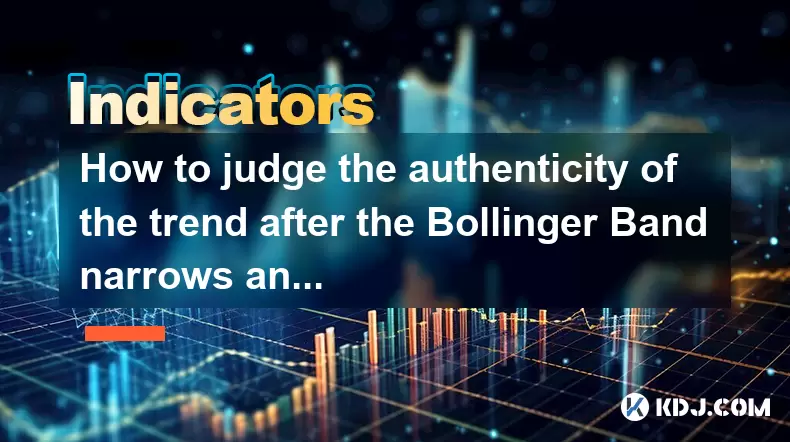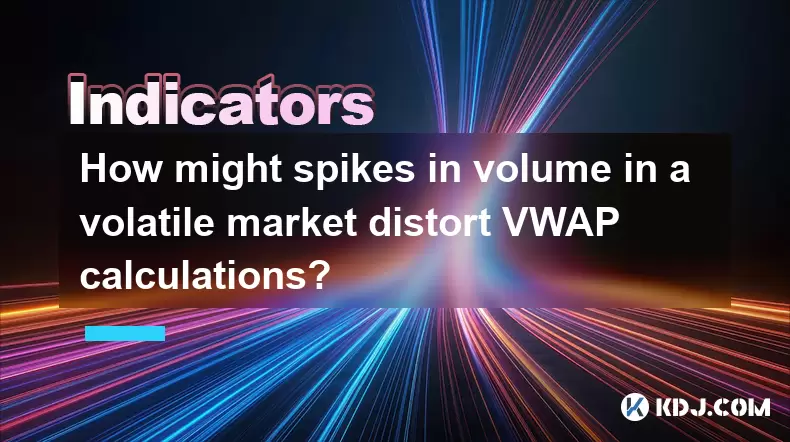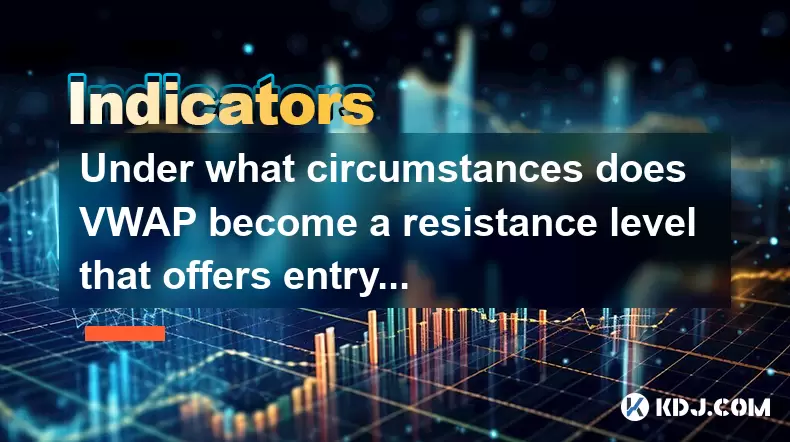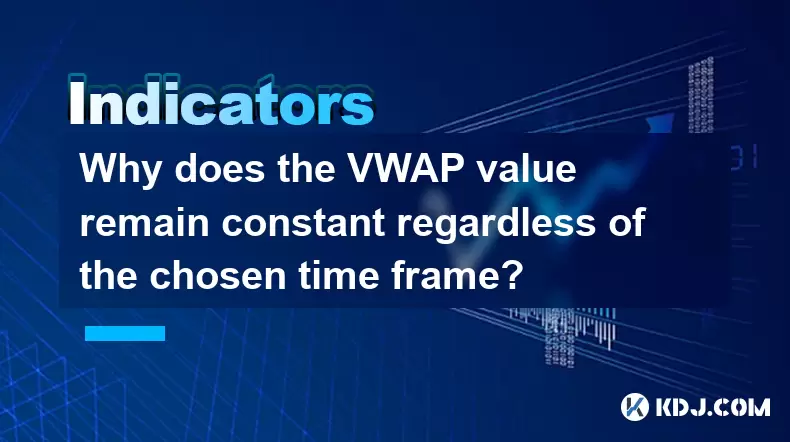-
 Bitcoin
Bitcoin $117700
-0.03% -
 Ethereum
Ethereum $3805
0.49% -
 XRP
XRP $3.098
-1.00% -
 Tether USDt
Tether USDt $1.000
0.03% -
 BNB
BNB $792.8
-1.72% -
 Solana
Solana $177.9
-1.95% -
 USDC
USDC $1.000
0.02% -
 Dogecoin
Dogecoin $0.2202
-1.55% -
 TRON
TRON $0.3278
-2.92% -
 Cardano
Cardano $0.7641
-2.43% -
 Hyperliquid
Hyperliquid $42.21
-2.68% -
 Sui
Sui $3.758
-1.58% -
 Stellar
Stellar $0.4080
-3.21% -
 Chainlink
Chainlink $17.75
-0.33% -
 Bitcoin Cash
Bitcoin Cash $591.8
4.96% -
 Hedera
Hedera $0.2561
-3.09% -
 Avalanche
Avalanche $23.34
-4.24% -
 Litecoin
Litecoin $110.7
1.96% -
 UNUS SED LEO
UNUS SED LEO $8.956
-0.01% -
 Toncoin
Toncoin $3.410
0.79% -
 Ethena USDe
Ethena USDe $1.001
0.03% -
 Shiba Inu
Shiba Inu $0.00001288
-1.82% -
 Uniswap
Uniswap $10.07
-2.06% -
 Polkadot
Polkadot $3.807
-2.27% -
 Monero
Monero $308.2
-2.15% -
 Dai
Dai $1.000
0.03% -
 Bitget Token
Bitget Token $4.521
-0.30% -
 Pepe
Pepe $0.00001134
-1.52% -
 Cronos
Cronos $0.1457
0.65% -
 Aave
Aave $274.9
-2.47%
How to judge the authenticity of the trend after the Bollinger Band narrows and breaks through?
Bollinger Band narrowing signals low volatility and potential breakout, but confirmation with volume, candlestick patterns, and trend context is essential to avoid false signals.
Jun 20, 2025 at 08:29 am

Understanding the Bollinger Band Narrowing Pattern
Bollinger Bands are a widely used technical analysis tool in cryptocurrency trading. They consist of a middle moving average line, usually a 20-period simple moving average (SMA), and two outer bands that represent standard deviations above and below the middle line. When the bands contract or narrow, it typically signals a period of low volatility. This is often interpreted as a precursor to a potential breakout.
Traders frequently observe this pattern because it can indicate an imminent move in price, though not necessarily its direction. The key lies in how the price behaves when it eventually breaks through one of the outer bands. However, distinguishing between a genuine trend breakout and a false signal is crucial for making informed trading decisions.
Identifying Key Characteristics Before the Breakout
Before assessing the authenticity of a trend following a Bollinger Band narrowing and breakout, traders should analyze the context surrounding the contraction. A narrowing band without any significant price movement indicates that market participants are indecisive, which may lead to either a strong directional move or a continuation of the current consolidation.
To better understand the setup, consider evaluating:
- The duration of the narrowing phase
- The volume levels during the contraction
- Whether the price is near a key support or resistance level
A prolonged compression combined with increasing volume upon breakout increases the likelihood of a genuine trend forming. Conversely, if the breakout occurs on low volume, it may suggest a lack of conviction among traders, leading to a higher probability of a false move.
Evaluating the Breakout Direction and Confirmation Signals
When the price finally breaks out of the Bollinger Band, the next step is to assess whether this breakout is sustainable. One effective method involves using price action confirmation tools, such as candlestick patterns or momentum indicators like RSI or MACD.
For instance, if the price breaks above the upper Bollinger Band and closes strongly within the new range while the MACD line crosses above the signal line, it may validate the strength of the breakout. Similarly, bearish divergence on RSI during a lower band breakout can confirm a downward trend.
Another critical factor is the candlestick behavior after the breakout. If the breakout candle is followed by consecutive candles in the same direction with increased volume, this reinforces the validity of the trend.
Measuring the Strength of the Trend Post-Breakout
Once the breakout has occurred, measuring the trend’s strength becomes essential. Traders can use Fibonacci extensions, ATR (Average True Range), or even retest levels to determine whether the trend is gaining traction.
One technique is to look for a retest of the breakout zone. If the price returns to the area where the breakout initiated but does not fall below the original breakout level, it suggests strong buying or selling pressure depending on the direction.
Additionally, monitoring volume spikes during the initial breakout and subsequent moves helps gauge market interest. Sustained high volume supports the idea that institutional or algorithmic players are participating, increasing the likelihood of a real trend.
Common Pitfalls and How to Avoid Them
Many traders misinterpret Bollinger Band breakouts due to common misconceptions. One prevalent mistake is assuming that a breakout automatically signals a trend. In reality, many breakouts fail shortly after occurring, especially in ranging markets.
Avoiding premature entries is vital. Waiting for confirmation from other indicators or price action can prevent entering trades based on false signals. Another pitfall is ignoring broader market conditions—such as macroeconomic events or major news affecting the crypto market—which can distort short-term technical setups.
Moreover, over-reliance on Bollinger Bands alone without incorporating multi-timeframe analysis can lead to flawed judgments. Always cross-reference with higher timeframes to get a clearer picture of the prevailing trend.
Frequently Asked Questions (FAQ)
Q: Can Bollinger Bands be used effectively in all market conditions?
A: No, Bollinger Bands perform best in trending or volatile markets. In highly consolidating or sideways markets, they may produce misleading signals due to frequent false breakouts.
Q: Is it reliable to trade solely based on Bollinger Band narrowing and breakout?
A: It is risky to base trading decisions solely on Bollinger Bands. Combining them with volume indicators, candlestick patterns, and multi-timeframe analysis significantly improves reliability.
Q: What timeframes are most suitable for analyzing Bollinger Band narrowing and breakouts?
A: Shorter timeframes like 15-minute or 1-hour charts are useful for spotting early breakouts, while daily or weekly charts provide context and reduce noise, helping filter false signals.
Q: Should I always wait for a retest after a Bollinger Band breakout?
A: While waiting for a retest can improve entry accuracy, it may cause missed opportunities in fast-moving markets. Consider combining retest strategies with volume and momentum confirmation for balanced decision-making.
Disclaimer:info@kdj.com
The information provided is not trading advice. kdj.com does not assume any responsibility for any investments made based on the information provided in this article. Cryptocurrencies are highly volatile and it is highly recommended that you invest with caution after thorough research!
If you believe that the content used on this website infringes your copyright, please contact us immediately (info@kdj.com) and we will delete it promptly.
- LYNO Token Presale: AI Arbitrage Revolution in DeFi
- 2025-07-31 05:11:11
- Pepecoin Successors: Can These Cryptocurrencies Make You a Millionaire?
- 2025-07-31 05:50:12
- AML Bitcoin Fraud: Cracking Down on Crypto Crime in the Big Apple and Beyond
- 2025-07-31 04:33:53
- Cardano (ADA) in 2025: Navigating Crypto's Future
- 2025-07-31 03:52:07
- Solana Meme Coin Price Prediction: Will the Frog Outleap the Dog?
- 2025-07-31 03:52:07
- Bitcoin's Bullish Outlook: CryptoQuant's Insights on Futures Market Cooling
- 2025-07-31 03:59:10
Related knowledge

How to use the AVL indicator with MACD for better signals?
Jul 31,2025 at 09:22am
Understanding the AVL Indicator and Its Role in Cryptocurrency TradingThe AVL indicator, also known as the Accumulation Volume Line, is a volume-based...

How to identify sell signals with the AVL indicator?
Jul 31,2025 at 07:09am
Understanding the AVL Indicator and Its Core ComponentsThe AVL indicator, also known as the Accumulation Volume Line, is a volume-based technical anal...

How does the VWAP line help in identifying overbought and oversold market conditions?
Jul 31,2025 at 05:19am
Understanding the VWAP Line and Its Role in Technical AnalysisThe Volume Weighted Average Price (VWAP) is a critical tool used by traders within the c...

How might spikes in volume in a volatile market distort VWAP calculations?
Jul 31,2025 at 07:40am
Understanding VWAP and Its Core ComponentsVWAP, or Volume-Weighted Average Price, is a trading benchmark that gives the average price a cryptocurrency...

Under what circumstances does VWAP become a resistance level that offers entry opportunities?
Jul 31,2025 at 08:57am
Understanding the Basics of Staking in CryptocurrencyStaking is a process used in proof-of-stake (PoS) blockchain networks to validate transactions an...

Why does the VWAP value remain constant regardless of the chosen time frame?
Jul 31,2025 at 09:58am
Understanding the Core Concept of VWAPThe Volume Weighted Average Price (VWAP) is a trading benchmark that calculates the average price a cryptocurren...

How to use the AVL indicator with MACD for better signals?
Jul 31,2025 at 09:22am
Understanding the AVL Indicator and Its Role in Cryptocurrency TradingThe AVL indicator, also known as the Accumulation Volume Line, is a volume-based...

How to identify sell signals with the AVL indicator?
Jul 31,2025 at 07:09am
Understanding the AVL Indicator and Its Core ComponentsThe AVL indicator, also known as the Accumulation Volume Line, is a volume-based technical anal...

How does the VWAP line help in identifying overbought and oversold market conditions?
Jul 31,2025 at 05:19am
Understanding the VWAP Line and Its Role in Technical AnalysisThe Volume Weighted Average Price (VWAP) is a critical tool used by traders within the c...

How might spikes in volume in a volatile market distort VWAP calculations?
Jul 31,2025 at 07:40am
Understanding VWAP and Its Core ComponentsVWAP, or Volume-Weighted Average Price, is a trading benchmark that gives the average price a cryptocurrency...

Under what circumstances does VWAP become a resistance level that offers entry opportunities?
Jul 31,2025 at 08:57am
Understanding the Basics of Staking in CryptocurrencyStaking is a process used in proof-of-stake (PoS) blockchain networks to validate transactions an...

Why does the VWAP value remain constant regardless of the chosen time frame?
Jul 31,2025 at 09:58am
Understanding the Core Concept of VWAPThe Volume Weighted Average Price (VWAP) is a trading benchmark that calculates the average price a cryptocurren...
See all articles

























































































